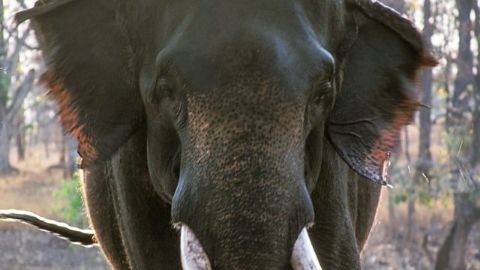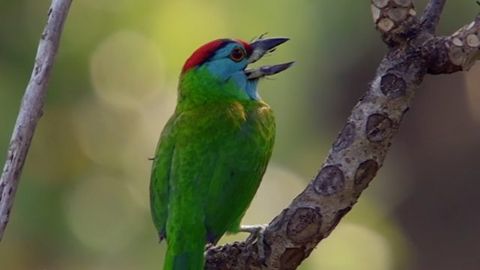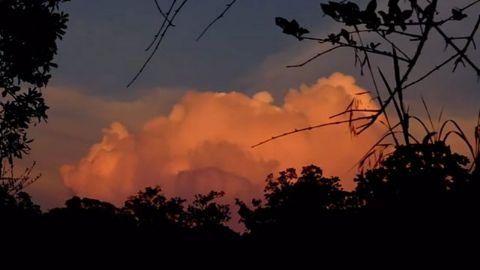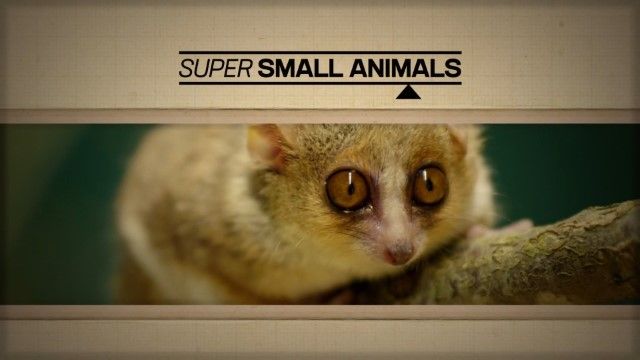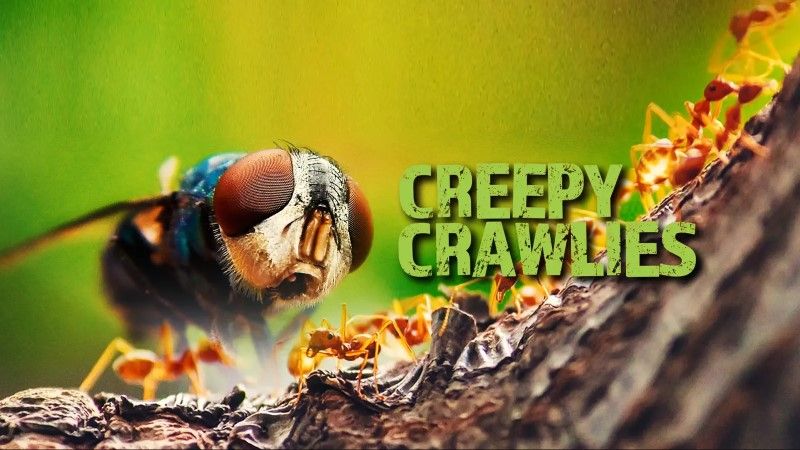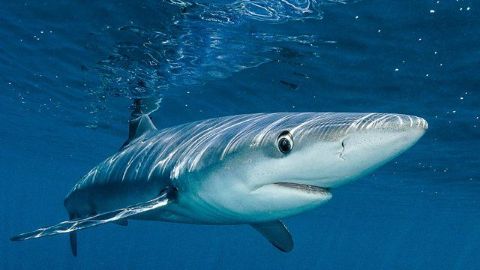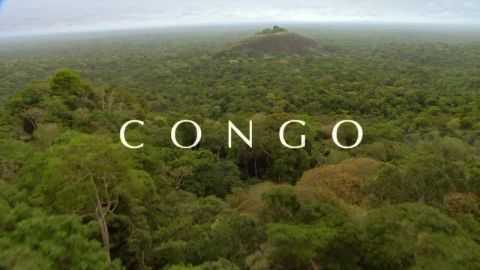Part 2 • 2013 • episode "S1E2" • Wild Burma: Nature's Lost Kingdom
On the second leg of their journey, wildlife filmmakers Gordon Buchanan and Justine Evans, along with a team of scientists, head deep into the mountains of western Burma. This is where they hope to find the shy sun bear and two of the world's rarest and most beautiful cats: the Asian golden cat and the clouded leopard. Meanwhile, zoologist Ross Piper and the science team are on a mission to create a wildlife survey to present to the government of Burma to persuade them that these forests are so unique they must be protected. High on the forest ridges, Gordon finds evidence to suggest that Burma's wildlife might be in danger. Undercover filming in a border town known as the 'Las Vegas of the jungle' leads to a shocking discovery.
Make a donation
Buy a brother a hot coffee? Or a cold beer?
Hope you're finding these documentaries fascinating and eye-opening. It's just me, working hard behind the scenes to bring you this enriching content.
Running and maintaining a website like this takes time and resources. That's why I'm reaching out to you. If you appreciate what I do and would like to support my efforts, would you consider "buying me a coffee"?
Donation addresses
BTC: bc1q8ldskxh4x9qnddhcrgcun8rtvddeldm2a07r2v
ETH: 0x5CCAAA1afc5c5D814129d99277dDb5A979672116
With your donation through , you can show your appreciation and help me keep this project going. Every contribution, no matter how small, makes a significant impact. It goes directly towards covering server costs.
